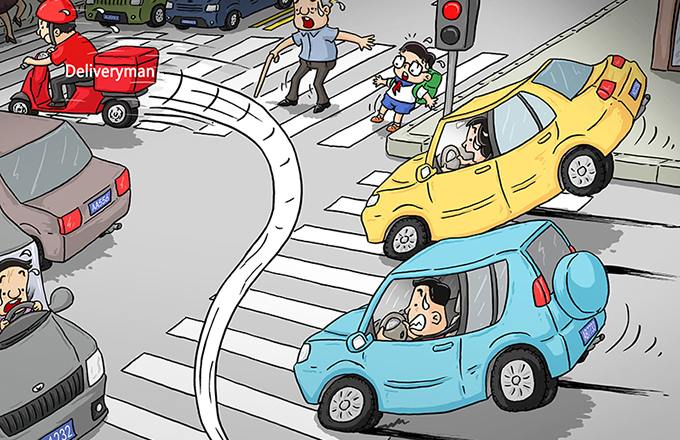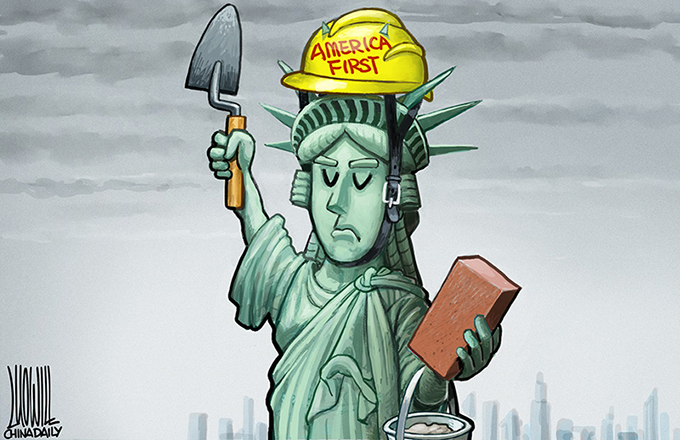Koike has thrown down the gauntlet to Abe and LDP
In Japan's 1994 general election, the Liberal Democratic Party was the biggest winner but failed to secure a majority. It formed a coalition government, for the first time, with its rival, the Social Democratic Party. Defeating the LDP candidate, the coalition partner's head Tomiichi Murayama was elected by the country's parliament as prime minister.
The way the LDP and the SDP joined hands has inspired Tokyo Governor Yuriko Koike, who has formed a new party, Party of Hope, and has come up with a campaign strategy to upstage Japanese Prime Minister Shinzo Abe in the general election on Oct 22.
Koike's party, established late last month, will field at least 233 candidates throughout the country to vie for the 465 seats that are up for grabs in the election.
The LDP and its junior coalition partner the Komeito held more than 300 seats in the Lower House before Abe dissolved the chamber on Sept 28. Abe called a snap election as he wants to take advantage of the country's weak opposition parties-infighting has reduced the Social Democratic Party, the largest in the opposition camp, to an ineffectual group. And Abe's sudden announcement caught his rivals unprepared, except Koike.
With a track record of fighting the LDP, Koike is deemed to be the most powerful challenge to Abe. After the LDP refused to support her in the 2016 race for Tokyo governor, Koike defied the party and won. On July 2, in the Tokyo Metropolitan Assembly election, Koike's Tokyo Citizens First party dethroned the LDP and became the largest party in the assembly. Now she is throwing down the gauntlet to the LDP again.
Analysts have compared Abe's decision to British Prime Minister Theresa May's move to call a snap election in June, which saw her Conservative Party lose its overall majority.
If the LDP were to fall short of a majority in the Lower House, Abe could step down as his party's head. And the LDP would field its new leader as a candidate for prime minister and invite two conservative parties, the Party of Hope and Japan Innovation Party, to form a coalition government.
Koike has remained vague on who will be her party's prime ministerial candidate in the parliament vote that is scheduled to occur subsequent to the election.
To be a candidate, Koike would have to resign as Tokyo's governor. She has said she will not abandon her current job. But people will know on Tuesday, the deadline for registration of candidates, whether that is the case or not.
Koike has also decided not to field Party of Hope candidates in the constituencies of some LDP heavyweights such as former regional revitalization minister Shigeru Ishiba, the LDP policy chief Fumio Kishida and Internal Affairs and Communications Minister Seiko Noda. The three LDP figures are expected to run in the party leadership race next year.
Koike's move has led to speculation that the Party of Hope might team up with the LDP with a new leader after the election.
In a TV program on Thursday, Abe did not rule out the possibility that the LDP will join hands with Koike's party, saying it depends on the outcome of the election.
After all, the Party of Hope's campaign platform, which Koike unveiled on Friday, shares Abe's stance on amending the country's Constitution and implementing the security legislation though its economic and other policies differ. To some Japanese voters, the Party of Hope looks like a copycat of the LDP.
Thus, Koike's strategy of ambiguity on the Party of Hope's candidate for prime minister may alienate some voters.
The author is China Daily Tokyo bureau chief. caihong@chinadaily.com.cn



















